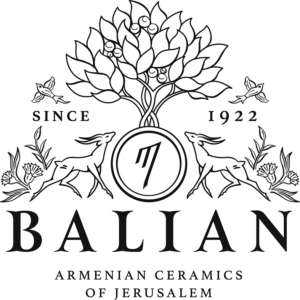SPECIAL FALL HOME DESIGN ISSUE
Remembering history through art
Septemeber 28, 2003
Robin Wright, Robin Wright is chief diplomatic correspondent for the Los Angeles Times. She has spent more than 20 years abroad, visiting more than 130 countries, and now lives in Washington, D.C.
I collect moments of history. My home is filled with revolutions, uprisings and wars.
From the eruption of Iran’s Islamic revolution to the demise of the Soviets’ communist revolution, through wars in Africa, the Middle East and Asia, and during uprisings from Johannesburg to Jerusalem, I’ve sought at least one piece of art to capture the turmoil, tragedy or the human pathos of each experience.
The collection has converted my townhouse into an eclectic museum chronicling the past three decades of global change. Every day it reminds me of the extraordinary times in which I’ve lived. Others see the objects merely as art. Years, even decades, later, I still see the events and environments that produced them.
One of the pieces that started the collection is a large oil painting, now hanging above a fireplace, that I bought during the first black uprising in Soweto, the pitiful blacks-only suburb of Johannesburg. The uprising began after schoolchildren peacefully protested new rules about instruction in Afrikaans, the language of white Dutch settlers and a foreign tongue for young blacks……………………………
I do have items that don’t mark moments of historic upheaval. The ceramic tiles on my kitchen walls were designed by the Balians, an Armenian family who moved to Jerusalem a century ago to restore tiles on the beautiful Dome of the Rock, the landmark that dominates the ancient city’s skyline. Today the Balians straddle both sides of the Jerusalem divide, with Palestinian pottery on the Arab side and Armenian ceramics in the Jewish sector.
The son who now runs the business convinced me that I had to have a symbol of peace in my home, appropriate because the transaction coincided with the first pact between Israel and the Palestinians. After designing a mosaic pattern of vibrant blue, red, green and yellow, Neshan Balian insisted the backsplash for the area above my stove depict the tree of life from Jericho—the first place handed over by the Israelis to the Palestinians.
Over the years, I’ve developed four rules as I collected: First, don’t buy anything that should remain in the country of origin.
Second, on the other extreme, no tchotchkes.
Third, in displaying pieces, keep the focus on the pieces of history—which is why all my other furniture is white.
And, finally, don’t overfill space or get cluttered. That’s why I’ve stopped collecting.
Well, almost.




